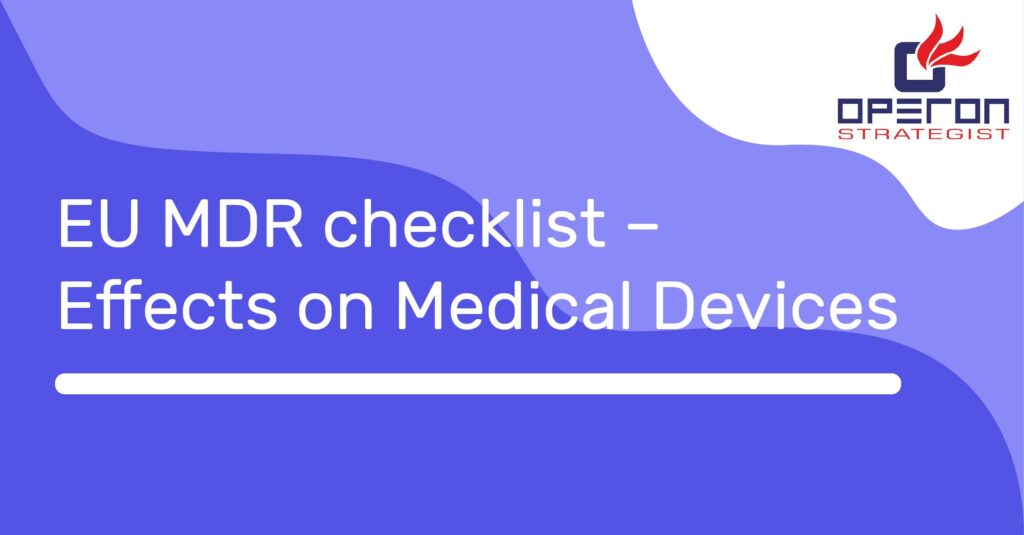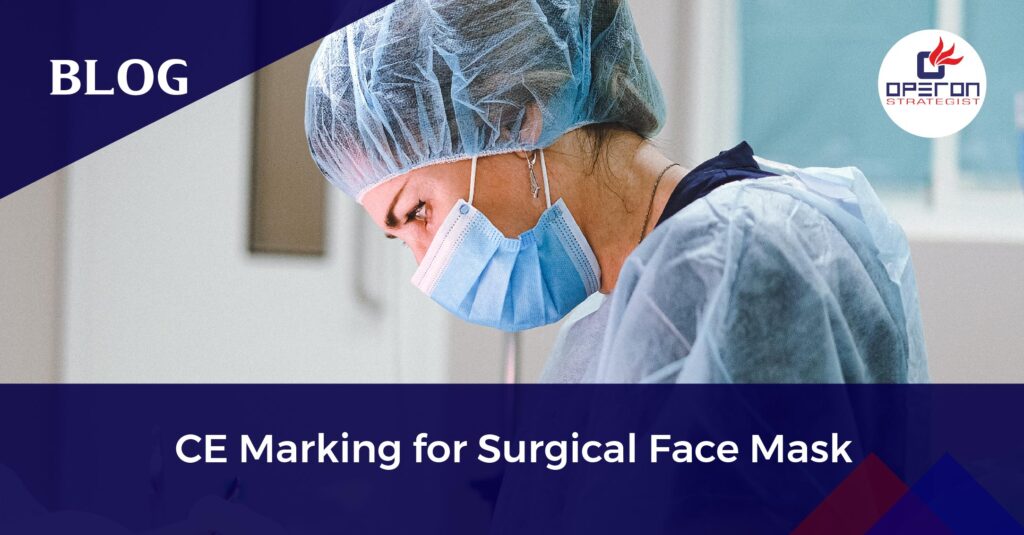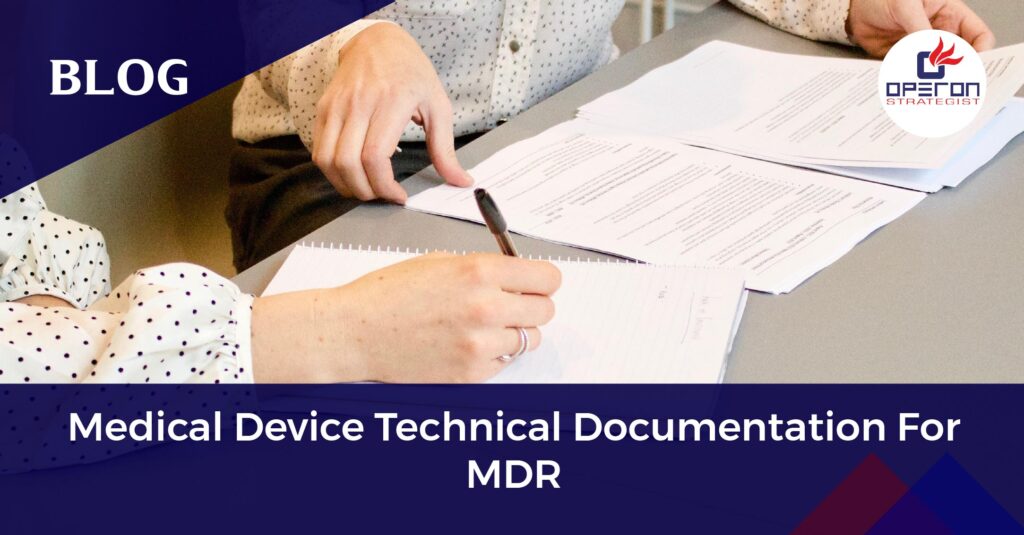EU MDR checklist
The EU MDR checklist European Medical Device Regulation guarantees minimum safety and quality requirements for medical devices being manufactured or imported into Europe. It underwent fundamental revisions in 2017 to improve transparency through standard data, technological advances and the creation of an EU (EUDAMED) database.
While the MDD was simply a set of guidelines, MDR is legally enforceable by EU member states. To prepare for the new EU MDR checklist, many medical device manufacturers are in the process of conducting gap evaluations and creating EU MDR transition action plans. With May 2020 around the corner, we understand that a clear understanding of the most critical items to address is crucial and have compiled an EU MDR checklist with actionable technical documentation requirements. Our regulatory expert team understand the updated regulations and as a CE mark medical device consultant we prepare technical file, so that the manufacturer can meet all the EU Device manufacturing mandates.
Both the EU MDR and the EU IVDR outline General Safety and Performance Requirements (GSPRs) in great detail for medical device designers and manufacturers. The general requirements for each overlap with each other and consist of the following:
- Devices must perform in a way that aligns with the intended design.
- They must not compromise the health or safety of a patient, user, or any other person associated with the device.
- Risks must be reduced as much as possible, but not so much that they negatively affect the ratio of benefit to risk.
- Device manufacturers must implement and maintain a thorough, well-documented, and evaluative risk management system that continues to be updated throughout the life cycle of a device.
- Manufacturers and designers must include any necessary measures for protecting users in cases where risks cannot be completely eliminated.
- Manufacturers must provide users with information about any potential risks that remain. This information must be clear, easy to understand, and considerate of the users’ technical knowledge level, use environment, and any applicable medical conditions.
- Devices must withstand the stresses of normal use for the duration of their lifecycle.
- Devices must be designed, manufactured, and packaged in a way that protects them from damage during transport and storage.
- When it comes to risks and negative side effects that are known and foreseeable, designers and manufacturers must make every effort to minimize negative outcomes. They must also ensure that potential risks are acceptable when compared to the potential benefits of a device to its users.
By early 2020, medical device companies should have completed several tasks to meet the May 26 deadline:
Product Scoping: A wider range of products are in scope of the MDR when compared with the Medical Device Directive (MDD) it replaced. For example, new criteria in the MDR bring a variety of products and devices without a specific medical purpose into scope, including lotion or gel dispensers, colored contact lenses and throat lozenges. There are also 22 rules outlined in the regulation’s legal text to determine an in-scope product’s classification, which informs reporting responsibilities.
Gap Analysis: Once products have been scoped, companies should
Determine what data they need to gather to demonstrate compliance. Based on the scoping and classification efforts, some products may only require minimal data and a self-certification, while others will require significantly more effort. Leveraging data sets under the MDD helps companies identify the data they have, and the information they will need to gather from their supply chain.
Gather Data: Under Section 10.4 of the EU MDR checklist, companies must collect a wide variety of data on substances used in the production of medical devices and report this data on a per-article basis. Gathering this information requires significant supplier engagement to collect declarations on the substances, parts and materials in scope of the regulation.
Validate Data: Once data has been collected, it must be validated and verified. Regardless of the data required for a product, all products will require proof of an approved quality management system and a technical file. Using a cloud-based platform solution such as the Assent Compliance Platform helps companies gather and manage this data effectively.
Prepare Technical Files for Notified Body Approval: The data gathered through an EU MDR compliance program must be compiled into an accurate technical file for each product in scope of the regulation. These technical files are then sent to notified bodies, which certify the product.
Medical device companies have been working to meet the implementation of the new MDR, scheduled for May 26, 2020. The European Commission putting together a plan calling on the European Parliament and the council in early April 2020 to postpone implementation of the current Medical Device Regulation (EU MDR) by one year considering the corona virus pandemic. This measure is to reduce the burdens on the healthcare systems.
A one-year delay in the implementation of MDR will mark a significant shift in the EU strategy. This will ease the pressure from notified body authorities and the medical device industry and allow them fully concentrate on urgent priorities related to the corona virus crisis. Despite the probable delay in the MDR and IVDR implementations, most medical device manufacturers still have a lot to do in order to be ready when the transition does happen. The delay of date of application effects manufacturers of medical devices, notified bodies designated under current directives and old directives. We are working in the field of medical device industry for more than 10 years and as medical device regulatory consultant our team work hard for the timely deliverables. for any requirements or for any query related to this you can contact us .

-
Operon Strategisthttps://operonstrategist.com/author/snehal/
-
Operon Strategisthttps://operonstrategist.com/author/snehal/
-
Operon Strategisthttps://operonstrategist.com/author/snehal/
-
Operon Strategisthttps://operonstrategist.com/author/snehal/




